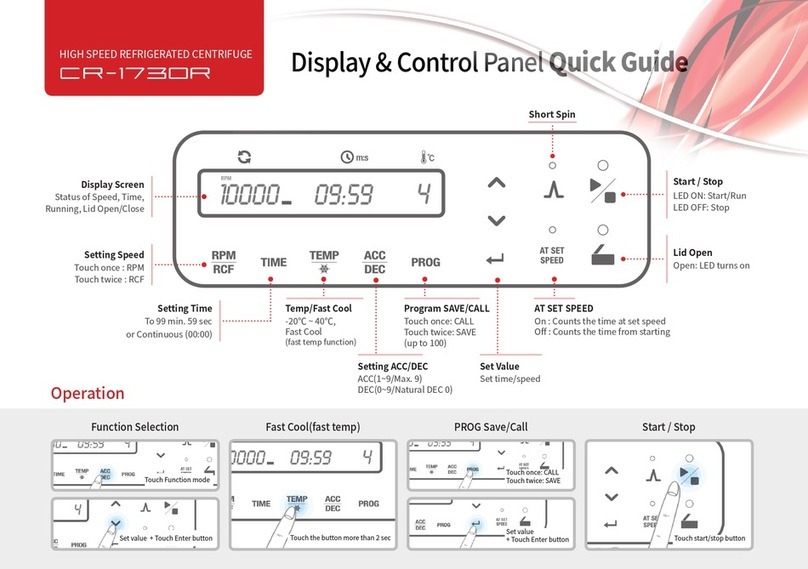
CappAid
™
Pipette Controller
1. Safety Precautions
Before using the CappAid™pipette controller for the first time, please read
this entire operating manual carefully. To guarantee problem free, safe
operation, it is essential to observe the following points:
When using infectious, radioactive, toxic and other solutions which may
pose health risks, please observe appropriate safety precautions.
Do not use the CappAid™pipette controller in a potentially explosive
environment or with potentially explosive, flammable liquids.
When using organic solvents or corrosive chemicals, please check their
compatibility with the CappAid™pipette controller.
The CappAid™pipette controllers operate on a small but powerful
Lithium-ion battery. Misuse or abuse of the Lithium-ion battery may
cause damage or injury through fire, electric shock, or chemical
leakage.
Do not incinerate the Lithium battery or expose it to excessive heat.
Do not short-circuit, puncture, crush, disassemble, damage, force
over-discharge (reversal) or modify the battery.
Do not expose the battery to water or moisture.
Only use the battery specified in this manual.
Only use the specified battery charging adaptor to charge the battery. Use
the unauthorized battery charging adaptor might cause short-circuit
or fire on the CappAid™pipette controller.
Do not use a leaking battery.
If charging is not completed within the specified time period, unplug the
charger and discontinue charging immediately.
The charger and battery temperature rises with extended periods of use.
Care should be taken to avoid burns.
Burns may result if the battery is removed immediately after extended
periods of use.
If fluid from the battery enters your eye, immediately rinse the eye with
plenty of fresh water and contact a doctor. If fluid from the battery
makes contact with your skin or clothing, wash the area thoroughly
with water.
The CappAid™pipette controller can’t be used with solvents whose
vapors attack silicon, ABS, PP, NBR, PVDF.
Please observe the relevant regulations to dispose the battery.
All repairs should be carried out by an authorized service personnel only.



























